The Evolution of MPVs
![]() 04/15 2025
04/15 2025
![]() 396
396
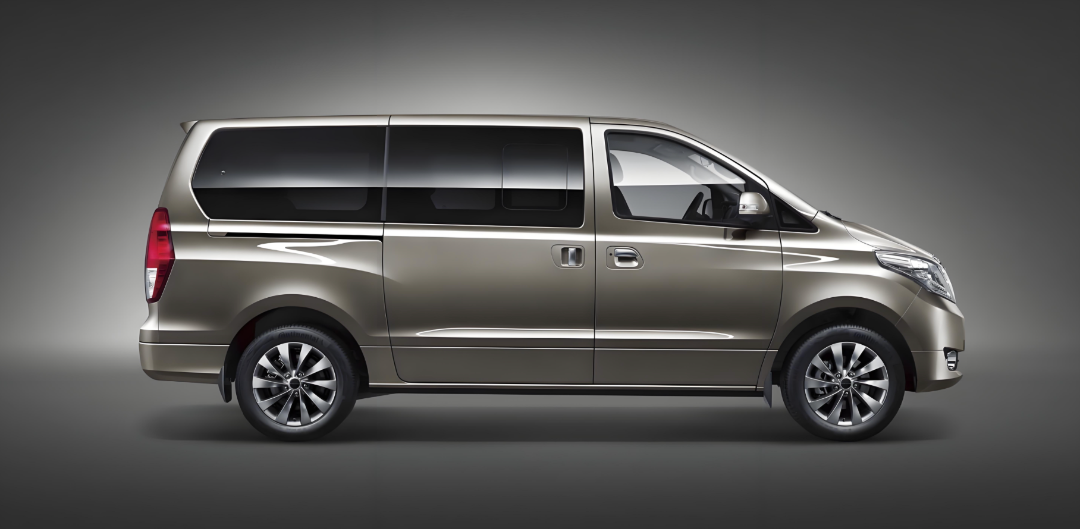
Introduction
The MPV market is undergoing a transformative shift, moving from price wars to value wars and from homogeneity to differentiation. This evolution is reshaping the landscape of the MPV market.
MPVs have evolved.
In recent years, the automotive market has become increasingly competitive, witnessing numerous significant battles. From price wars to configuration wars, and now to intelligent driving wars, automakers have employed countless strategies to outmaneuver their rivals. This intense competition has not only impacted the mainstream sedan and SUV markets but also the MPV market, which holds a mere 5% market share throughout the year.
Although MPVs occupy a niche segment, MPV automakers have undoubtedly followed the mainstream market and "evolved" through fierce competition. They have launched new products, iterated technology, upgraded configurations, innovated marketing, and more. This has driven the market from its initial stability to its current state of upheaval, forming a new market ecology.
For instance, in 2024, the Denza D9 became the annual sales champion of MPVs with sales exceeding 100,000 units. This followed its overtaking of the GL8 in 2023, making it the MPV market champion for the second consecutive year. In contrast, the former market leader, the Buick GL8, which once held the top spot with annual sales of over 140,000 units, has gradually lost market share due to the impact of new energy models like the Denza D9. It lost the annual sales crown for the second time last year, becoming a supporting player.
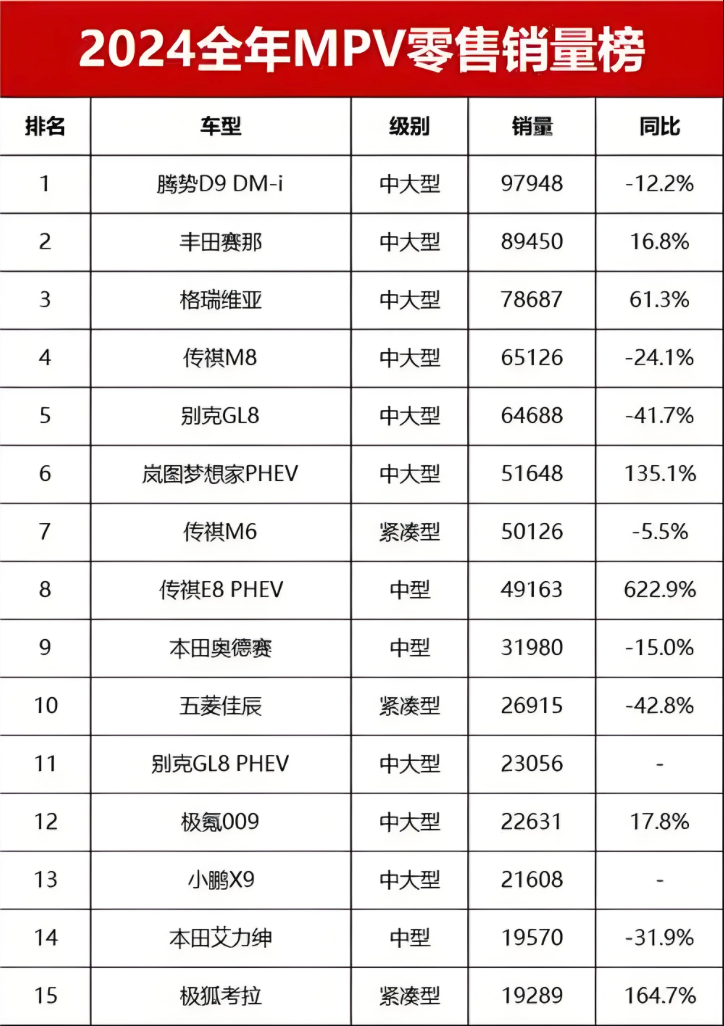
However, the transformation of the MPV landscape extends beyond the ups and downs of one or two models.
In 2024, five of the top 10 selling MPVs were plug-in hybrid models, including domestic models like the Denza D9, the HOVO Auto Dreamer, and the GAC E8. These models have addressed range anxiety and fuel consumption issues through plug-in hybrid technology, making domestic MPVs the mainstream choice in the market. This has forced joint venture brands to continuously make breakthroughs in pricing and technology to cope with the challenges.
When considering the source of this market transformation, it is impossible not to recall September four years ago.
01 Competition Becomes More Intricate, Market Evolves Comprehensively
At the 2021 Chengdu Auto Show, the Guangqi Toyota booth was bustling as the Sienna, which had just entered the Chinese market, became the center of attention. Coincidentally, not far from the Sienna's crowd, the fourth-generation Carnival, Dongfeng Yueda Kia's first global flagship MPV after its brand renewal, officially opened for presale at the Chengdu International Auto Show, also causing quite a sensation.
Together with the Beijing Hyundai booth's Custo, these three new models marched towards the center stage, igniting a wave of MPV popularity in Chengdu. To a certain extent, they occupied the C-position of the auto show, overshadowing sedans and SUVs, which have always been at the center of the automotive market's conversation.
This was also a rare collective celebration of MPVs at a large-scale auto show.
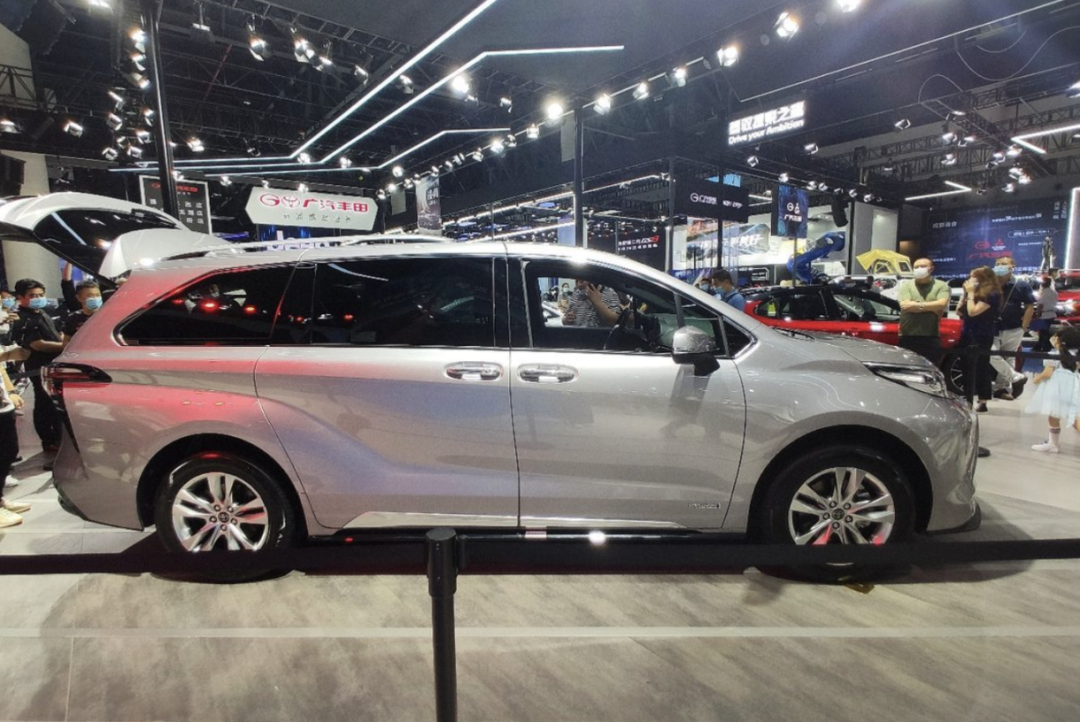
Just when everyone thought that this MPV boom would be fleeting, MPVs once again welcomed their moment of glory in Yangcheng, more than two months later. Buick GL8, HOVO Auto Dreamer, Volkswagen Viloran, MAXUS MIFA9... major manufacturers pushed their MPV models to the forefront during the final "celebration" of the automotive market that year.
From that year onwards, the arms race of intensive product launches in the MPV market began.
According to incomplete statistics from Auto News, in the first three quarters of 2023 alone, more than 20 new MPV models were launched in the market, including 11 C-segment products, 9 B-segment products, and 4 A-segment products. Representative models that arrived during this time included new energy MPVs such as GAC Motor's E9 and Great Wall Motors' MOUNTAIN DHT.
These models offer distinctive driving experiences to different consumer groups through various automotive concepts, sizes, and technological approaches. Among them, the Denza D9 stands out with its DM-i plug-in hybrid technology, the HOVO Auto Dreamer gains popularity through its reliance on Huawei's intelligent ecosystem, and GAC Motor forms sufficient competitiveness by building a full product matrix covering the price range of 100,000 to 400,000 yuan. Under multi-party competition, the original structure of the MPV market has also changed.
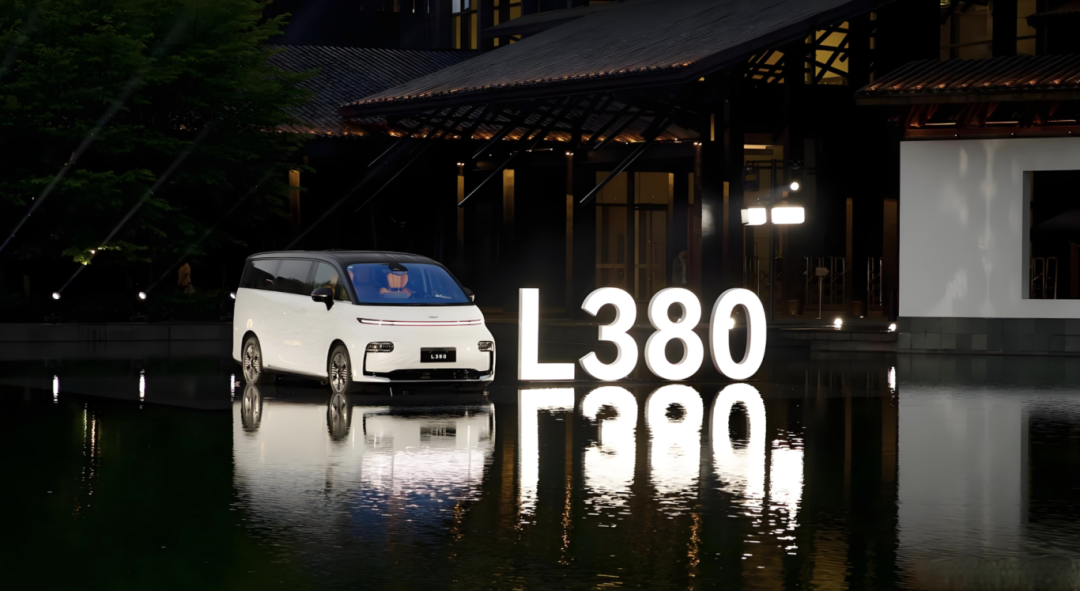
After the wave of product launches, major automakers began to compete in the design and styling of MPVs.
The Zeekr MIX adopts a design with no B-pillar and opposite-opening doors; the Li Auto MEGA pursues an extreme drag coefficient with its bullet-shaped design; in order to integrate sensors such as LiDAR and high-definition cameras into the vehicle body, it gives birth to the "observation tower-style" roof of the XPeng X9; the "land airbus" Geely Wingtrue L380, Volkswagen ID.Buzz...
Clearly, the exotic design of MPVs is the manifestation of automakers' competition for discourse power in the wave of electrification and intelligence. In the short term, exaggerated design can quickly establish brand recognition and even generate buzz. This change is not only the result of technological iteration and market demand but also reflects the strategic adjustments of automakers in the competition in segmented markets.
Companies naturally know that long-term competition still needs to return to user experience, but when product specifications reach the "per capita top-of-the-line" level and there is no more room for competition, the most visually impactful design becomes the starting point for a new round of competition.
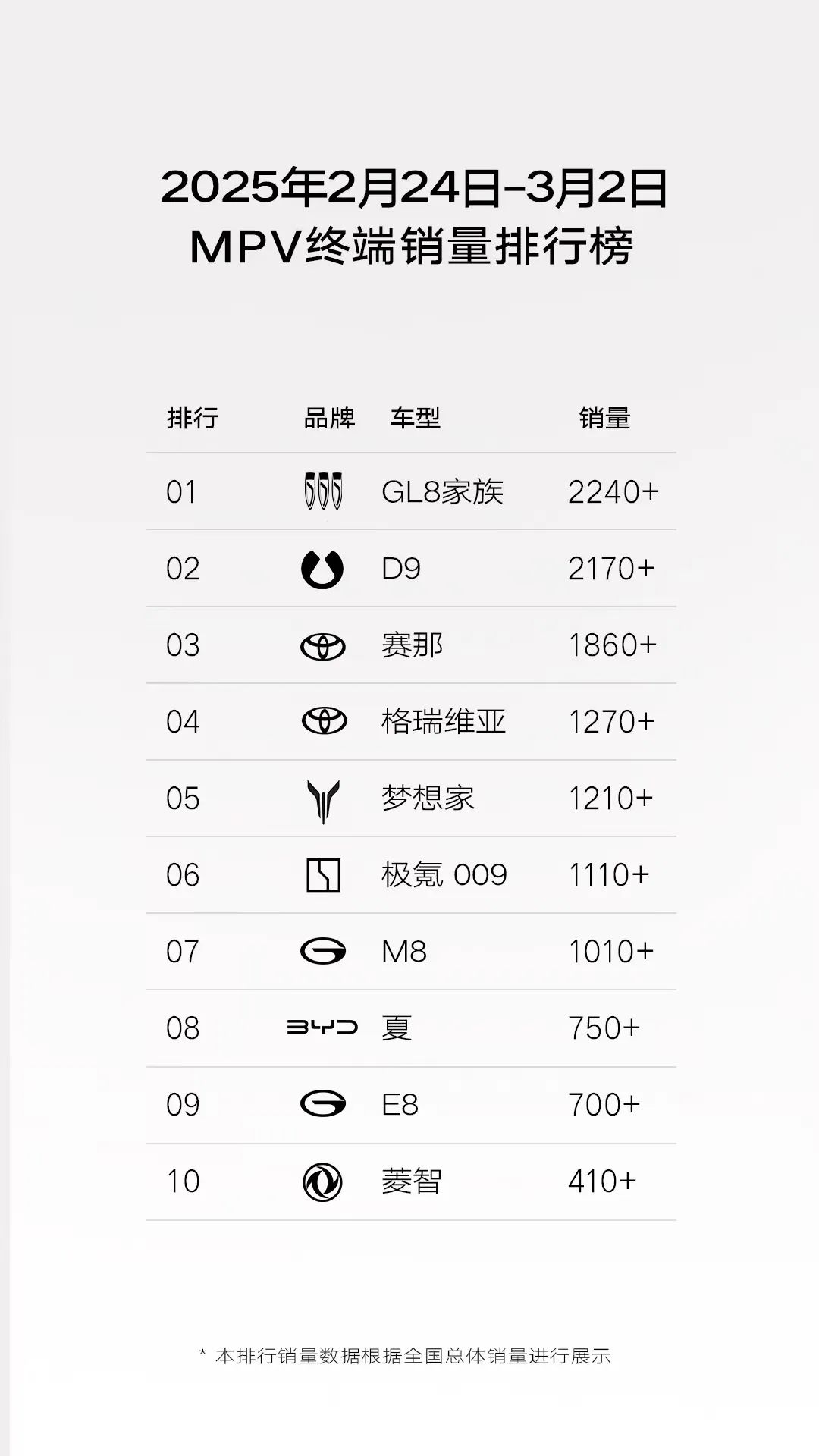
It is worth mentioning that as new energy vehicles continuously announce weekly sales rankings, MPVs also follow suit, making the changes in this market more concrete and intense, raising the intensity of competition to another dimension.
02 New Energy Dominates, Domestic Brands Move Towards the Center Stage
If we must find a demarcation point for the change in the structure of the MPV market, the fact that the Denza D9 surpassed the Buick GL8 in 2023 to win the annual sales championship of the MPV market is definitely a milestone.
That year, the Denza D9 achieved cumulative sales of nearly 120,000 units throughout the year, surpassing established joint venture competitors such as the Buick GL8, Honda Odyssey, and Toyota Sienna to become the annual sales champion of MPVs across all categories. This achievement not only reversed the declining sales trend of MPVs for many years but also led the entire Chinese new luxury market, bringing users a different travel experience.
Later, due to concerns about its declining position, the Buick GL8 also chose to embrace the changes of the times, proactively launching a plug-in hybrid version and even a pure electric version in the near future, aiming to regain more discourse power.
As domestic brands began to move towards the center stage with the momentum of new energy, and joint venture MPVs counterattacked, the continuously created demand allowed the MPV market to penetrate from a single business attribute to diversified scenarios. Through spatial reconstruction, power innovation, intelligent iteration, and comfort upgrades, MPVs have gradually become a dual choice for family travel and high-end business.
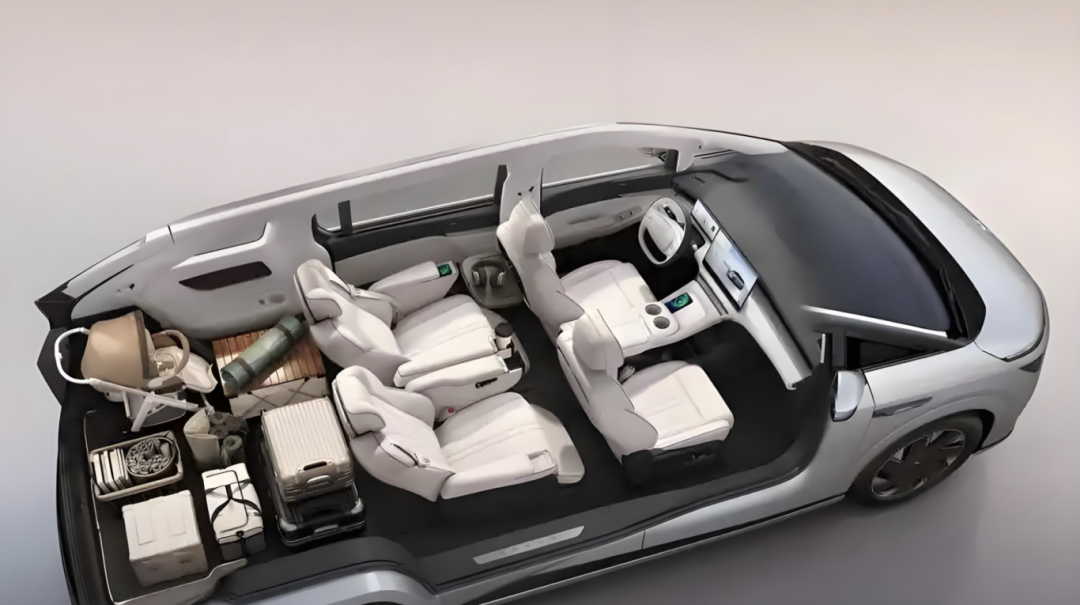
Take the innovation of space as an example; one of the core competitiveness of MPVs lies in space utilization.
Among them, the all-new WEY MOUNTAIN achieves a co-rail design for the second and third-row seats through a dedicated platform for new energy high-end MPVs, supporting free adjustment of seat layout. The Geely Wingtrue L380 refreshes the space standard for pure electric MPVs with a cabin length of 3974mm and a "cabin acquisition rate" of 75%, combined with expandable seat combinations, meeting the needs of both business reception and family travel.
In addition, in terms of driving and riding experience, MPVs are gradually deeply associated with comfort and luxury.
Any model with a higher price either comes with NAPPA leather seats equipped with massage functions, combined with rare earth strong magnetic speakers to create a mobile "first-class cabin" experience; or creates a quiet cabin environment through high-quality interior materials and optimized sound insulation technology; or introduces aircraft-grade ergonomic seat design, combined with large-capacity battery packs and low-energy consumption technology, continuously improving the CLTC range.
Moreover, power and handling have also reshaped the driving logic of MPVs with new energy technology. For example, the Geely L380, relying on its pure electric architecture, enhances vehicle stability with a low center of gravity design, achieving breakthroughs in both range and performance.
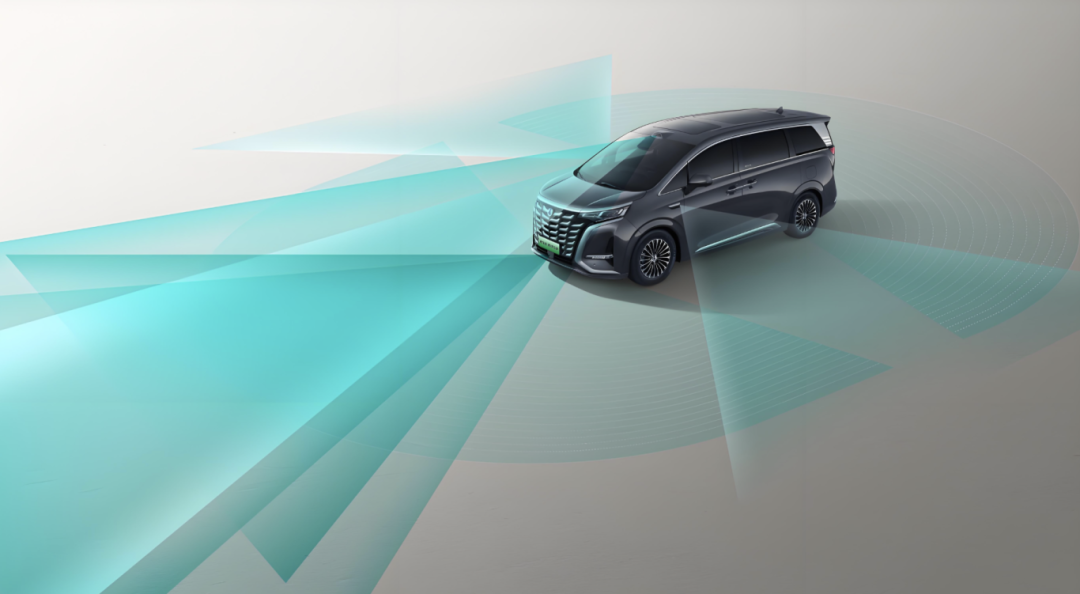
In the second half of the electric competition, intelligence has become the decisive battleground for MPVs. Most high-end new energy MPVs can achieve full-road condition perception, support advanced functions such as automatic parking and lane keeping... Under L2+ intelligent driving technology, combined with large-size central control screens and voice interaction functions, driving convenience is improved. Some can even achieve seamless switching between in-car office and entertainment scenarios through OTA upgrade capabilities and multi-screen interconnection design.
In summary, under the multi-dimensional competitive situation, MPVs are bidding farewell to the traditional label of "large-space tool cars" and evolving towards premiumization, intelligence, and scenarization. Whether it is the flexible space and health standards pursued by family users or the luxurious configurations and intelligent experiences required by business scenarios, the new generation of MPVs can provide better solutions.
As the MPV market transitions from price wars to value wars and from homogeneity to differentiation, this process is reshaping the healthy ecology of the MPV market. In the future, only automakers that continuously innovate, accurately position themselves, and deeply cultivate user experience will be able to break through this intense competition and lead the MPV market towards a higher-quality development stage.
At the same time, it is undeniable that MPVs have indeed improved.
Editor-in-Chief: Li Sijia
Editor: He Zengrong








